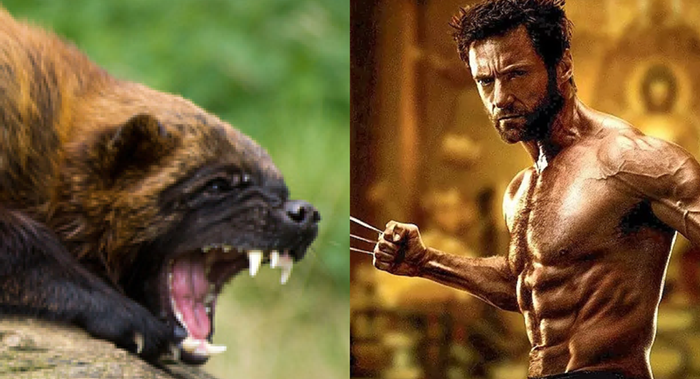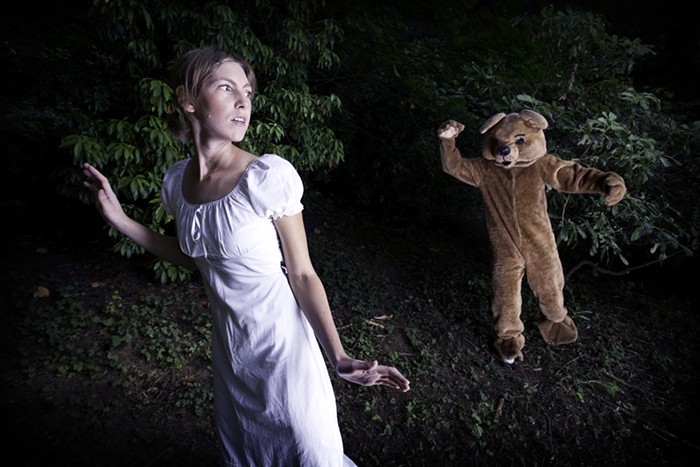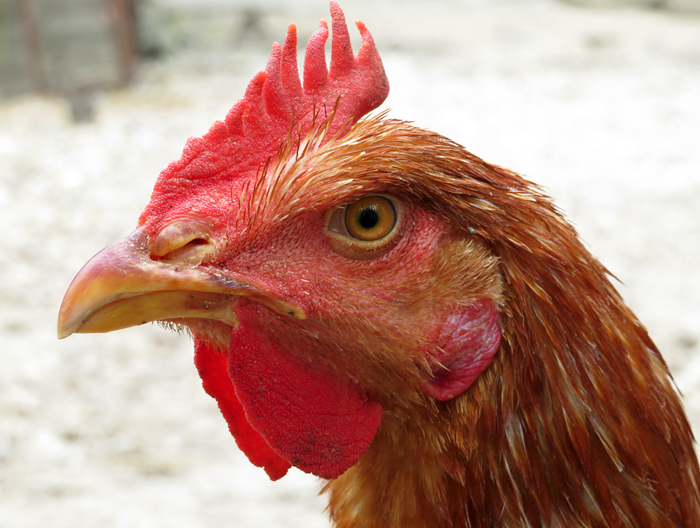SMITH (THOMAS DEKKER) is a cute, greasy-haired emo kid of self-consciously ambivalent sexuality; like many college students, he has a lot of casual sex and doesn't worry too much about the emotional consequences. If Gregg Araki's Kaboom accurately captures a certain late-teenage licentiousness, that's where both the film's resemblance to reality and Araki's interest in representing it end. Things take a turn for the weird after a bad trip at a party (College Party Tip #19: Assume the Cookies Are "Special Cookies"), when Smith isn't sure if the murder he witnessed was a hallucination or not. But if he was hallucinating, why was the victim a girl he'd previously only seen in his dreams? And why were the murderers wearing animal masks?
Perhaps I'm in the minority, but a supernatural teen sex romp does not sound unappealing: Murdery conspiracies aside, all I really wanted from Kaboom was for Smith and his cute love interest to make out, and for that I was willing to endure any number of recycled teen genre conceits, including lesbian witchcraft (hello, Willow from Buffy); the return of the Sardonic Chick Sidekick ('sup, Janeane Garofalo in 1994); teenagers fighting vast conspiracies (John Connor, is that you??); and teenagers who mature into their psychic powers (hey there... Carrie? Whatever).
Unfortunately, writer/director Gregg Araki (Mysterious Skin, The Doom Generation) refuses to succumb to the pleasures of genre. Kaboom neither elevates nor ridicules the conventions it borrows; instead, it dismisses them all as meaningless, in a final sequence that serves as an emphatic "fuck you" to any audience member who made the oh-so-unsophisticated mistake of actually attempting to care about character or plot. Kaboom is the cinematic equivalent of an ironic mustache—a reference signifying only that it's a reference. And while there's nothing wrong with confounding audience expectations, Kaboom offers no real justification for doing so. What's meant to be an experiment in genre ends up a mere exercise in exasperation.



















